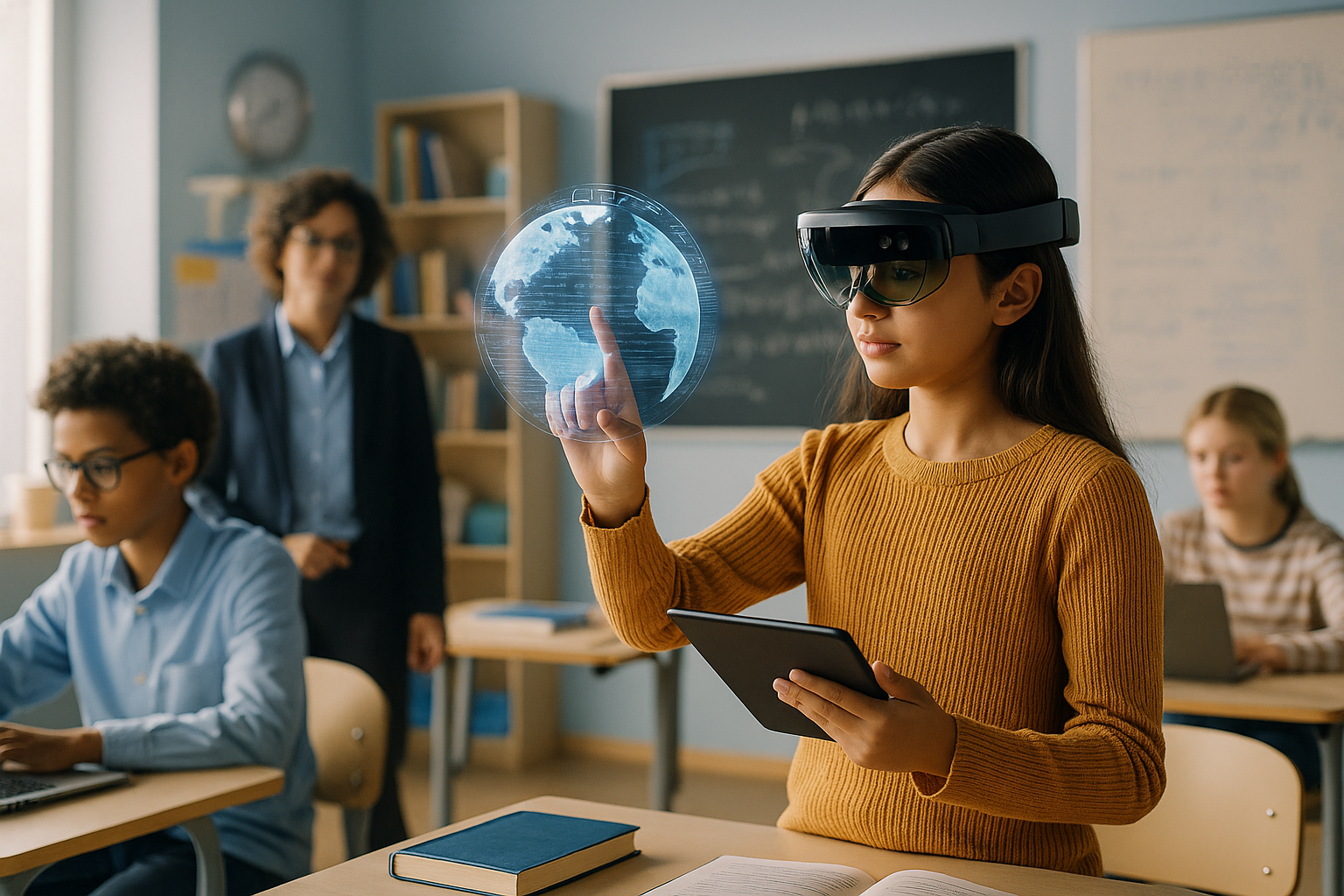A New Dawn: The Rise of Immersive Virtual Reality in Theatrical Performances
Introduction: In a world where technology and art intersect, a thrilling new trend is taking the stage: Immersive Virtual Reality (VR) in theater. This innovative fusion is redefining the bounds of performance art, delivering the audience an unprecedented level of engagement and interaction.

A New Age in Theater: Historical Context and Key Developments
The origins of VR in theater trace back to the advent of digital technology, but its presence has dramatically surged in the last decade. This wasn’t just a stroke of creativity, but a necessity, as the need for alternative entertainment formats grew due to global events like the COVID-19 pandemic. With physical theaters locked down, artists turned to VR as a medium to keep the magic of theater alive. As technology advanced, VR became more accessible and affordable, paving the way for its integration into theater.
The Present Scene: Current News and Updates
Today, VR in theater is transitioning from novelty to norm. Major theaters worldwide are exploring this technology to create immersive experiences. Recently, London’s Royal National Theatre launched a VR production, allowing audiences to experience the performance from the comfort of their homes. This shift towards VR-enhanced performances is a testament to the resilience and adaptability of the theatrical world in an era of digital revolution.
The Impact of VR in Theater: Significance and Reception
The incorporation of VR in theater has implications far beyond just a novel viewing experience. It’s reshaping the way stories are told and experienced, offering audiences a unique, first-person perspective. The reception has been largely positive, with viewers praising the heightened sense of immersion and personal connection to the performances. Critics, too, see potential in this trend, believing it could democratize theater by making it accessible to a wider audience.
The Facts: Research-Backed Insights
Research indicates that VR can elicit stronger emotional responses than traditional theater, thanks to its immersive nature. A study conducted by the University of Barcelona revealed that VR participants showed increased empathy and emotional engagement compared to those watching the same performance in a traditional format. This suggests that VR could be a powerful tool for evoking emotional responses and deepening audience engagement.
Making Sense of It All: Striking the Right Balance
In the face of this digital transformation, it’s crucial to strike a balance between embracing new technology and preserving the essence of theater. While VR opens up exciting new possibilities, theater’s true charm lies in its raw, human connection. Thus, the challenge lies in integrating VR in a way that enhances, not overshadows, the art of performance.
In conclusion, the rise of immersive VR in theater marks a significant shift in the entertainment industry, bringing audiences closer to the action than ever before. As this trend continues to evolve, it’s clear that the future of theater will be anything but ordinary. This is a new dawn in theater and it’s truly exciting to be a part of this journey.




